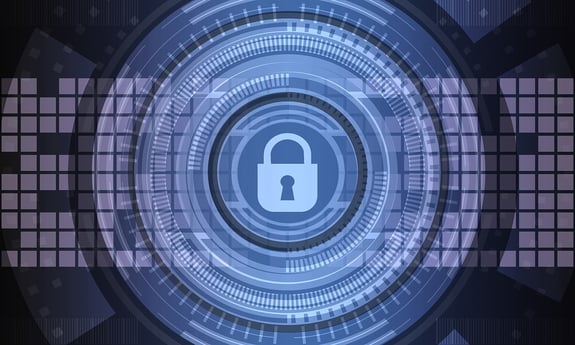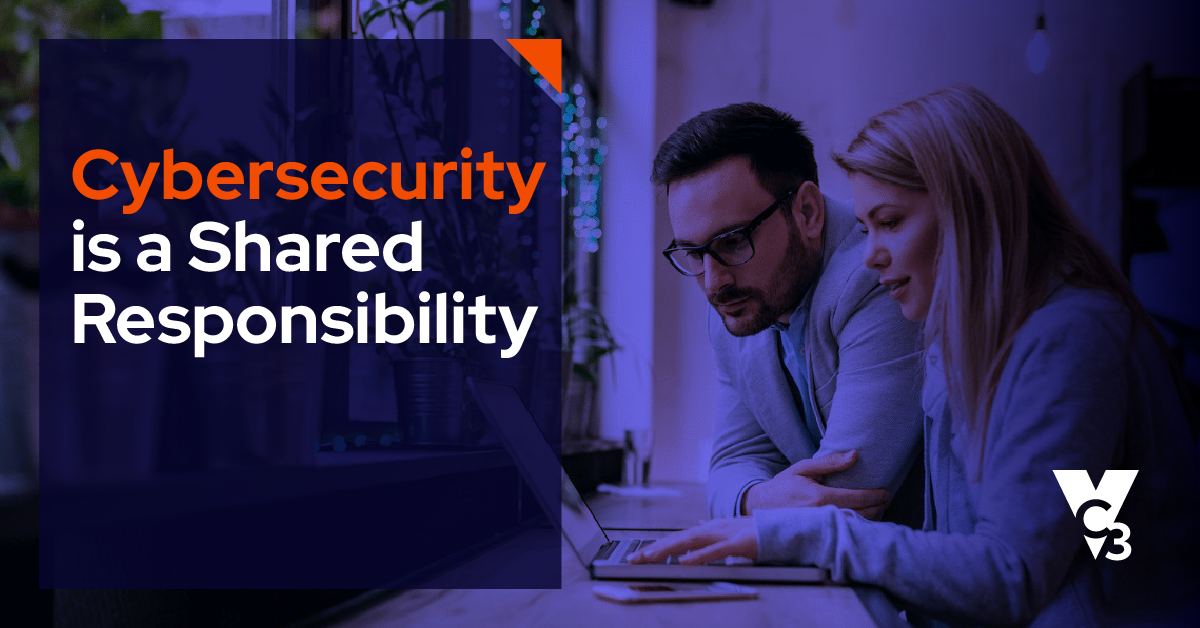It is hard to overstate the importance of technology and the digital world to the modern workplace. Any business worth it's salt is going to rely heavily on IT, new tech, cloud-based storage, digital communication, and even artificial intelligence, as well as holding huge amounts of data and digital assets. The days of the Rolodex and physical file storage are well and truly over!
Innovation and technology offer huge benefits and opportunities for business, but to navigate the digital world successfully, it is really important to be aware of the risks - and the biggest of these in today’s world is cybersecurity.
Cybersecurity risk needs to be a top priority for entrepreneurs, business owners, and managers. Malicious attacks are constantly increasing in frequency, complexity, and subtlety, and companies need to be more vigilant than ever in protecting themselves. It’s a common misconception that small businesses are less of a target for cybercriminals. Any information you have could be valuable, and smaller targets are often more vulnerable to attack.
The rise and improvements in artificial intelligence have given companies greater abilities and potential to deal with the risk of cybercrime than ever before. In order to help you be prepared, we’ve gone over the most serious cybersecurity risks businesses face today and how they can be mitigated.
Your own users
In a digital world, probably the biggest pressure point is analog. Human error, human nature, and basic carelessness are some of the most common areas of risk in terms of cybersecurity.
Whatever digital protections, processes, or new technology you put in place, your own staff, sadly, are likely to be the weakest link in a security system.
Artificial intelligence cybersecurity can help enormously here, as it takes some of the risks away, reducing the human factor in the processes.
However, the most important thing a company can do is get its cybersecurity training right. Keeping staff updated, informed, and fully trained in what they need to do to protect against cyberattacks is vital. Having an understanding of how data is leaked and what cyber attacks look like can help staff immensely.
You can also take more drastic steps like limiting the amount of access staff have and controlling file sharing and physical storage devices like USB sticks and hard drives. But at the end of the day, a more knowledgeable and skilled staff is the best protection.
Phishing
The most common form of phishing is the classic email with a link to click. Phishing attacks usually disguise themselves as reputable business emails, persuading staff to click a link or open an attachment that then downloads malware or acquires personal data.
While some attempts are obvious (and most people nowadays know to be suspicious of unfamiliar emails), some can be incredibly persuasive and subtle. “Spear phishing” is a highly targeted, personalised approach. For example, a CEO pressuring a CFO for an urgent payment can be very hard to identify.
Again, the more information and awareness your staff has, the better. Anti-malware software and high-quality spam filters can help, as can AI approaches (some AI systems can track suspect links back to their source or identify abnormal IP addresses).
Lack of updates
Software and systems patches and updates can seem like a nuisance. No one likes those pop-up update reminders or the time it can take to install. However, a huge amount and variety of malicious software is created specifically to target missing Microsoft patches.
Security updates are created for a reason, and if your system, or your machines, aren’t up to date, this can have a massive impact on your cybersecurity.
IT departments need to be on top of checking and testing vulnerabilities in their systems, and a patch management program to guard against weak points is a great idea too. Plus (repeating myself, I know, but…) training staff why not to ignore updates is vital too.
Ransomware
Similar to phishing attacks, ransomware is an increasingly common form of malware that, having successfully infiltrated your system, scrambles your data and holds it to ransom, extorting money for a code to unlock or decrypt your information.
Some of the biggest and most problematic malicious attacks in recent years have been ransomware attacks, so it is worth being especially aware of this approach.
As with phishing attacks, the best approach is keeping your staff up to date with the latest trends in cybersecurity and cybercrime and ensuring they know enough to guard against this sort of thing. Endpoint detection and response software can put you in good shape, but first-stage prevention is hands down the best form of defense.
It is also worth backing up all your data on a regular basis, which avoids the catastrophic losses that can occur with ransomware attacks.
Devices
This is possibly a sub-section of ‘human error,’ but as smartphones, tablets, and other devices become more sophisticated and ever-present, and remote working is on the increase, so too is risk.
The more portable devices or external storage you have, the more potential entry points to a system there are...and don’t even get me started on using personal devices for sensitive work!
Basic protections like mandatory passcodes are obvious, and encryption, GPS tracking and programs to wipe devices remotely can help too.
Attacks like WannaCry and Equifax have highlighted cybersecurity risks for businesses in recent years. Malicious actors are resourceful, creative, and endlessly inventive in devising new ways to infiltrate systems, and companies need to be alert and ready to protect themselves.
Staff training, awareness, and knowledge are key to mitigating threats, but there are also other ways to complement your existing cyber security protocols.
Artificial intelligence can have a massive impact on detecting and predicting potential threats, identifying abnormal or sinister activity, and responding to breaches quickly and effectively. Bringing in professional cybersecurity experts who can provide advice and assistance can help integrate this approach in the most effective way and mitigate the threats posed by today’s cybercriminals.





